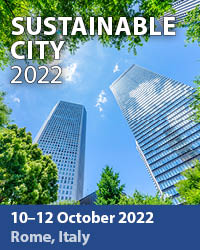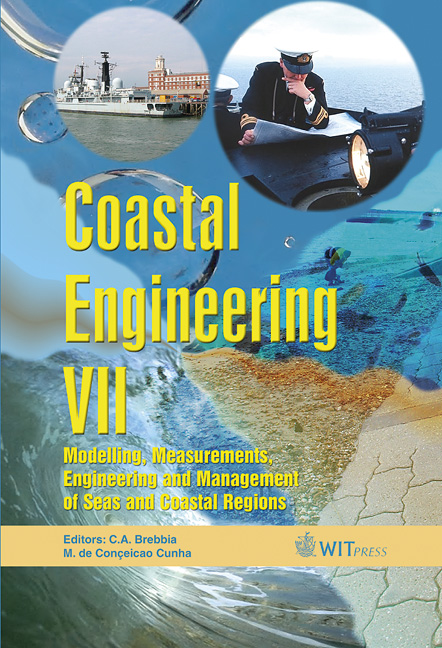Project Planning And Implementation In Coastal And Shoreline Structures
Price
Free (open access)
Transaction
Volume
78
Pages
10
Published
2005
Size
343 kb
Paper DOI
10.2495/CE050211
Copyright
WIT Press
Author(s)
H. P. Noppen
Abstract
It is well known that each project costs money and almost every client has too little of that. Consequently, against cost there should be something that makes it worth build the project. One can consider this as the ‘value’ of the project. It is essential these days that value and cost are in balance. This is an economic, an ecological and a social problem in which ‘value’ is mainly determined by functionalities (operational performances) and environment (nature, physical conditions and stakeholders) whilst ‘cost’ is mainly determined by technical considerations and construction/preservation activities. These four, so-named ‘design-aspects’ are completed with the aspect that deals with ‘cost awareness’ or ‘value engineering’, and they will all be considered as a set of ‘pegging points’ in connection with a number of sequential project stages. Namely, in building practices one distinguishes a number of time periods or stages during which a project evolves: orientation, feasibility, design, construction, utilization, and eventually demolition. This paper discusses mainly the first three stages and starts with a brief introduction on the ‘art of design’ in order to understand both the specific character and the difficulties encountered in planning and implementing building structures. Eventually a systematic scheme is presented that shows the designer at what stage of the design he is doing his job and on which subjects. Some considerations to various design aspects are given that shall be paid attention to. Keywords: design, value, cost, feasibility, design-aspects, orientation, design-stages, value engineering.
Keywords
design, value, cost, feasibility, design-aspects, orientation, design-stages, value engineering.





